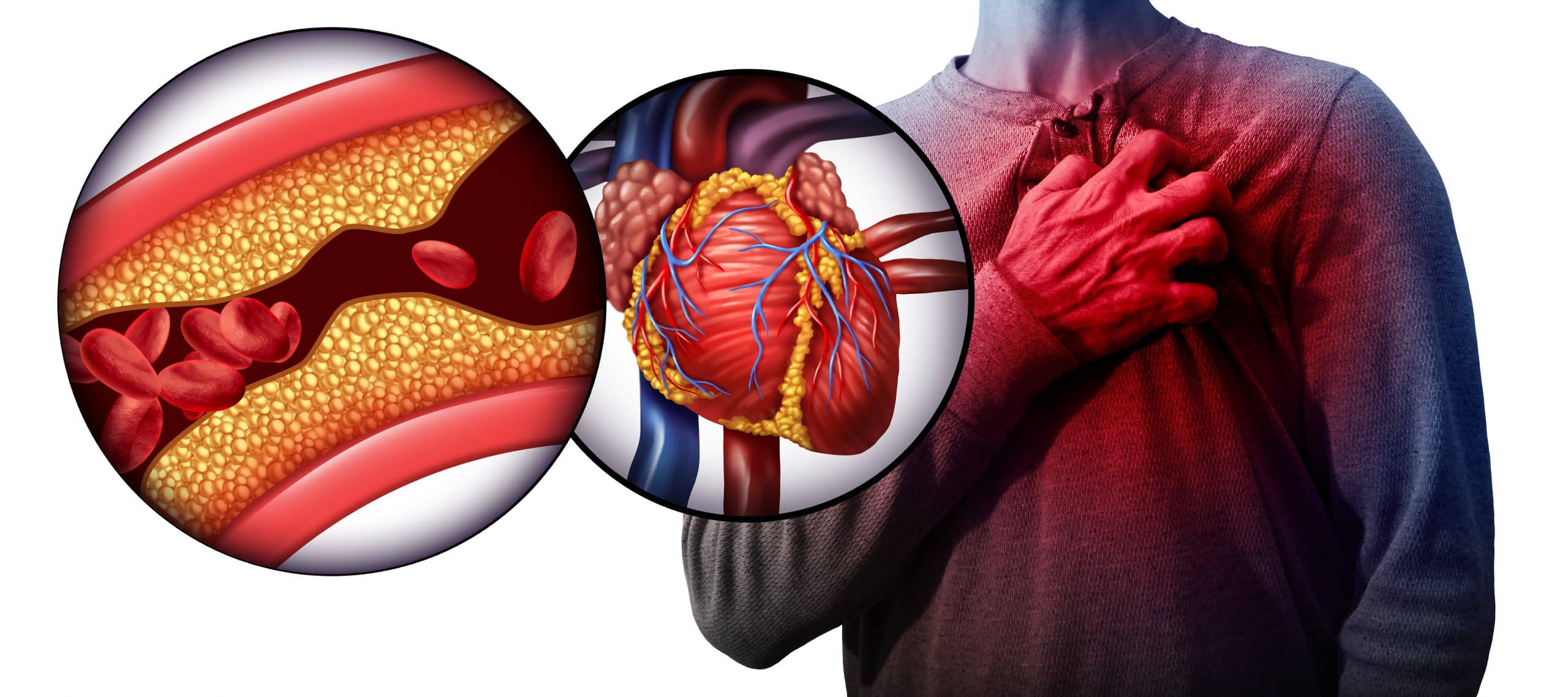01/16/2019
How his aortic stenosis treated?
No known medications slow the progression of aortic stenosis. If you have mild aortic stenosis, your cardiologist will monitor it with regular heart ultrasounds. Once symptoms appear or are severe on ultrasound, treatments include aortic valve surgery or transcatheter aortic valve replacement.



